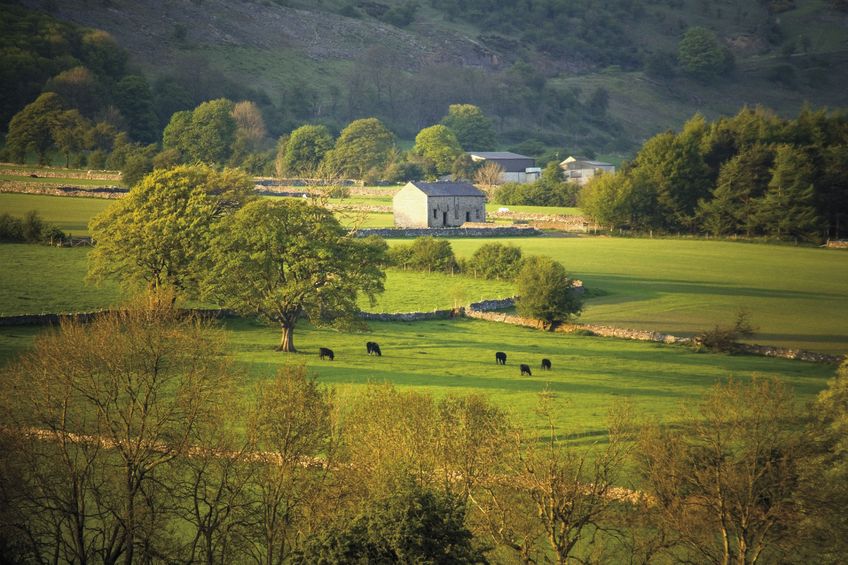
The amount of land let in England and Wales remained static in 2017, but is set for a major shake-up after Brexit.
The Central Association of Agricultural Valuers' (CAAV) annual survey of let land showed that the amount of land changing hands remained at historic low levels of 951 units in the year to October 2017.
It showed a small net increase of 2,478 acres to a total of 73,199 acres (excluding tenancies coming up for regular renewal).
This compares with an average annual gain of 35,000 acres between 1996 and 2003 and annual losses before tenancy reform of 60,000-90,000 acres.
Jeremy Moody, secretary and adviser to the CAAV commented: “In reality, the trend continues of a virtual standstill since 2003, when the first indications of CAP reform were becoming apparent, and particularly since 2006 once entitlements to the Single Payment Scheme had been allocated.”
FBTs
The average length of Farm Business Tenancy declined marginally, year-on-year, from 4.48 years to 3.97 years – although that remains above the 10-year average of three years and nine months.
“If lettings for one year or less are excluded, the average term increases to just under five years, with the average length of FBTs let for more than ?ve years being 10.7 years,” added Mr Moody.
Farms let with a house and buildings are typically let for eight to 12 years, while those with buildings alone average around five years.
The length of tenancy also rises with the size of the letting so that those of less than 25 acres averaged 2.8 years against eight years for those over 200 acres.
The survey revealed that, where there is a change of occupier, 15-30% of lettings are typically to new entrants.
Support payments
Although letting activity has stagnated since the implementation of area-based payments, the let sector in England remains over 35% of the agricultural land area.
Changes to support payments after Brexit will likely free up considerably more land for tenanted use, according to CAAV.
Mr Moody added: “Restructuring has commonly meant existing businesses getting larger, but that is not inevitable for the future. The removal of farm support is likely to focus attention on margin more than cash flow, with businesses spreading their sources of income or specialising more to boost profitability.
“Land occupation – as opposed to land ownership – will change as profit-driven, well-educated farmers make the most of their assets with innovation and technology, driving improved farmgate margins and freeing up other land for alternative enterprises.”
Post-Brexit policies, including environmental land management schemes, should be designed to enable and accommodate these changes in farmland occupation, insisted Mr Moody.
“Positive measures to ensure as large a market in farmland occupation as possible is an important part of managing change to make post-Brexit agriculture a success.”
